Arduino-Programmable 240 MHz MCU with Embedded Wifi and BLE
Designed by Pesky Products in United States of America
This product is no longer available for sale.
The seller may be offering an improved version or it may be hanging out on the beach, enjoying the retired life.
What is it? This is a small (0.7 in. x 1.4 in.) development board for the ESP32 which includes a 4 MByte N25Q032A SPI NOR flash and an FTDI FT230XQ USB-to-serial converter so Arduino programs can be …
Read More…This is a small (0.7 in. x 1.4 in.) development board for the ESP32 which includes a 4 MByte N25Q032A SPI NOR flash and an FTDI FT230XQ USB-to-serial converter so Arduino programs can be flashed via the USB Micro-B connector. The ESP32 has Xtensa® Dual-Core 32-bit LX6 microprocessors running at up to 240 MHz achieving up to 600 DMIPS with 448 KByte ROM, 520 KByte SRAM, and 16 KByte SRAM in RTC. The board has a MAX1555 LiPo battery charger, a 3.3 V MIC5528 LDO supplying 500 mA for plenty of power, has reset and boot buttons for easy programming, has a blue led on GPIO5, red led for charging indication, and yellow and orange leds for RX/TX.
The board also has a 32.768 kHz ABS05 crystal to provide an accurate RTC clock source and allow ultra-low-power mode operation. The RTC sector and low power modes aren't completely worked out for Arduino IDE users but eventually this will be a very useful addition absent in most of the cheaper development boards and the ESP-WROOM-32 modules.
The board exposes all 26 of the GPIOs including GPIOs 1 and 3 (UART RX/TX) which are used by the FTDI chip for programming but are available if the board is powered by a LiPo battery. The LiPo battery anode is connected to the ESP32 ADC on Pin 34 via a 27 kOhm/100kOhm (0.5% tolerance) voltage divider so the 12-bit ADC will read 4095 (Vref for the ESP32 ADC is 3.3 V) when the single-cell LiPo battery is fully charged at 4.20 V. In addition, 3V3, GND and VBAT are exposed at the edge of the board so additional sensors, motor drivers or whatnot can be added and managed by the ESP32.
I designed the board for maximum utility in the smallest possible footprint. At just one square inch, it is much smaller (in some cases by more than a factor of two in area) than any other ESP32 development board available!
When the USB cable is plugged in the board can be programmed just like a Dragonfly or Teensy over the USB cable using the Arduino IDE. Furthermore, the FTDI allows serial output to the Arduino IDE serial monitor. The intent is to use the USB for program development and then transition to the LiPo battery to test applications. Without the USB cable connected the board operates from a single-cell LiPo battery or 5 V DC power supply (VIN < 5.5 V) and the FTDI chip is not powered. In this case, serial is still available from the RX/TX pins exposed on the board, although it is more likely serial input from some add-on (like a GPS module) would be attached here.
The SPI embedded flash for some reason requires using the DOUT flash mode instead of the default DIO mode. If this is not an option in your IDE version you have to go into the boards.txt file and add it. Future releases of the Arduino IDE for ESP32 will include this as an option too.
Right now the Arduino core is in an immature state but is under constant development. Many of the APIs work and I am keeping a repository of Arduino sketches known to work on this (and presumably any) ESP32 development board. Find instructions at the ESP32 Arduino repository in github for installation of the ESP32 Arduino core, tips for how to get it working, and a place to ask for help with issues ecountered in using Arduino core with the ESP32.
Lastly, I have put a through-hole at the end of the antenna trace where a 1.25 inch long copper wire needs to be soldered for "good enough" wifi transmission/reception. With this method I have no trouble receiving signals from ESP8266 devices placed around the house from anywhere inside the house.
I like the ESP8266, and the ESP8285 with its embedded 1 Mbyte of QSPI flash makes designing very small devices with wifi connectivity even easier. The ESP32 is a worthy successor to the ESP8266/85 with two 240 MHz cores, an FPU, embedded wifi and ble, many more GPIOs, an RTC, and a larger range of low power modes than the less capable predecessor. With either the ESP8285 or ESP32 development board I can do all of my application development conveniently on a breadboard. I can charge a LiPo battery while I develop and improve my application code, I can enter boot mode or reset easily with the on-board buttons, I have access to all of the GPIOs so I can connect sensor breakout boards or an SD card or whatever I want. The small size of the ESP8285 and ESP32 Development Boards leaves plenty of room on the breadboard for other devices. Basically, this integrated development board design makes using the ESP8285 and ESP32 devices easy and convenient!
It will take a while for all of the capability of the ESP32 to be exposed to the user via the Arduino IDE. Even those users programming in C with the espressif ESP32 SDK have to wait until all the peripherals are in a usable state. In the meantime, this small, convenient ESP32 development board makes learning how to get the most out of the ESP32 easy and stress free!
I made the board small, breadboard friendly, and as useful as I could for application development. In fact, the entire development board is only slightly larger than the ESP-WROOM-02 module! And because it is small, it can also be used for prototyping wearable and IoT applications. It is breadboard friendly but can be made into a portable, battery-powered device for solving real world problems. I use them around the house to report on environmental conditions. The only downside to wifi is that it is power hungry, so the user has to develop strategies to extend the life of devices running from small batteries. The ESP32 has a wider variety of low power modes than the ESP8285 which can be helpful in this regard. It also has BLE, which can reduce the power requirements quite a bit for shorter range communication of smaller data packets. I am working to make use of the ESP32 and to optimize utility versus power in my own applications; this development board makes it easy to do the work!
There is no limit to what you could do with this capable MCU with embedded wifi and BLE now in a super easy to use, small and portable package.
The ESP32 Development Board has everything you need not just to develop your IoT application but to prototype it in the field (or on the person) as well. It is small and portable, with a built in charger and an LDO with enough current capacity to power the wifi and BLE plus whatever else you add onto the board. It is a complete solution! If you just want to get your hands on an ESP32 module and don't care how much soldering, wire and breadboard space you'll need to make it work don't buy this development board, you'll be paying too much! But if you want a complete solution to IoT development prototyping, this is the board for you!
Order the pcbs from OSH Park and assemble some of your own, or buy the assembled and tested development boards from me and see how easy it is to develop wifi applications on the latest wonderchip, the ESP32!
Product: (5.00)
Documentation: (4.20)
Shipping: (5.00)
Communication: (5.00)
Scott | Dec. 9, 2018
Josef | Aug. 7, 2017
Matthew | July 18, 2017
Michael | June 1, 2017
John | Jan. 17, 2017
Danville, CA, United States of America
Ships from United States of America.
180 Reviews | 5,476 Orders
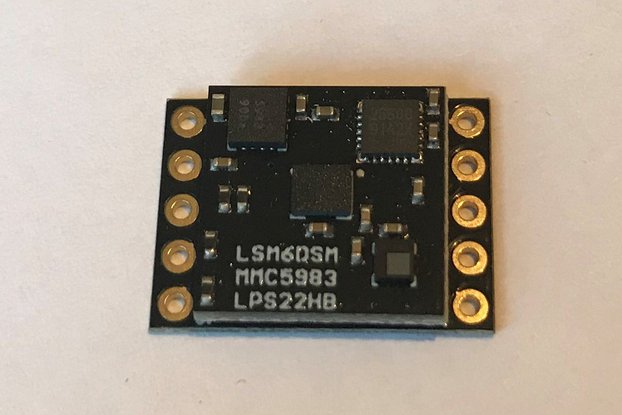
$49.95
Free Shipping!
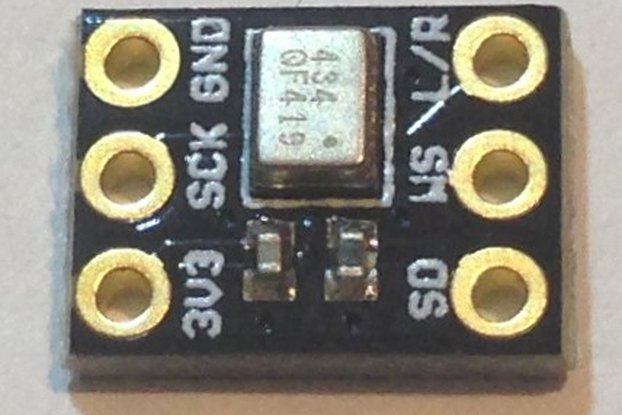
$5.95
Free Shipping!
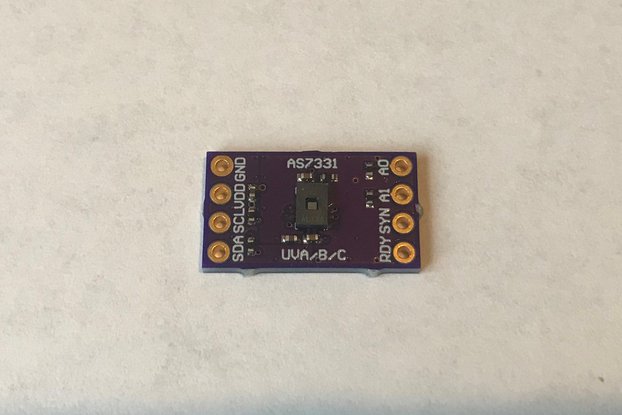
$35.95
Free Shipping!
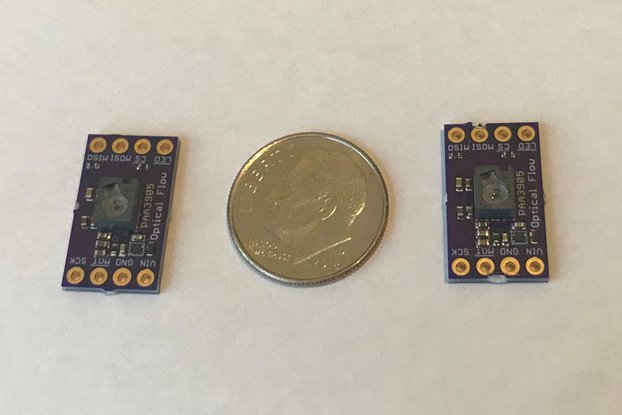
$35.95
Free Shipping!
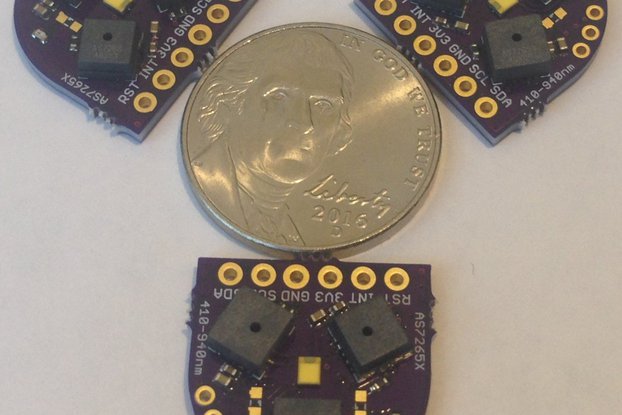
$49.95
Free Shipping!

$29.95
Free Shipping!
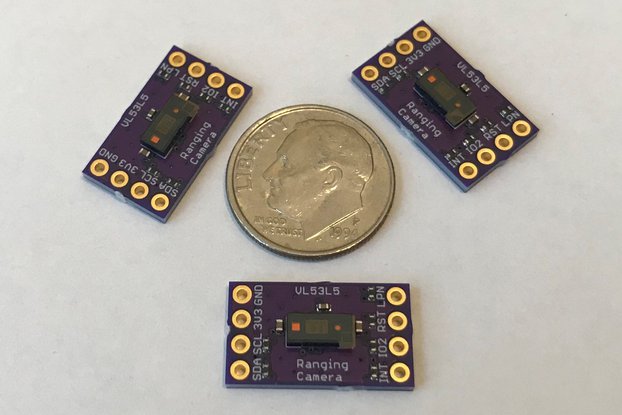
$19.95
Free Shipping!
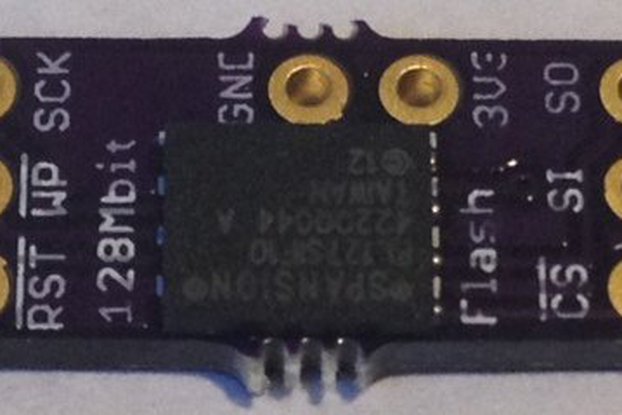
$12.95
Free Shipping!
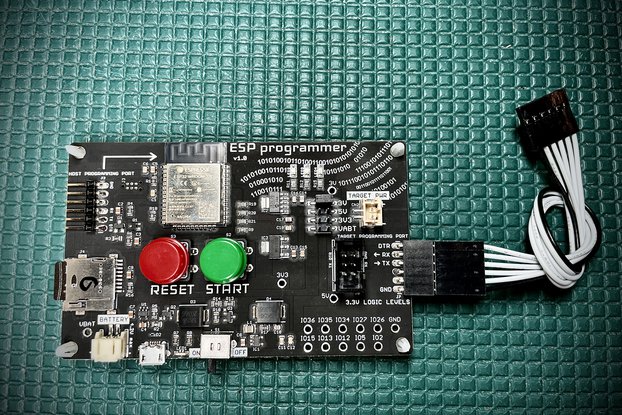
$58.00
Free Shipping!
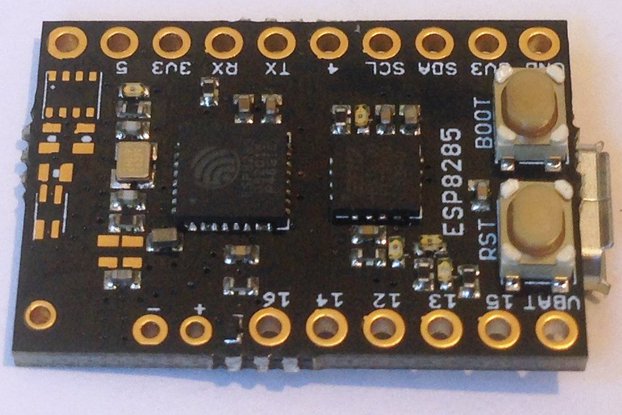
$9.95
Free Shipping!
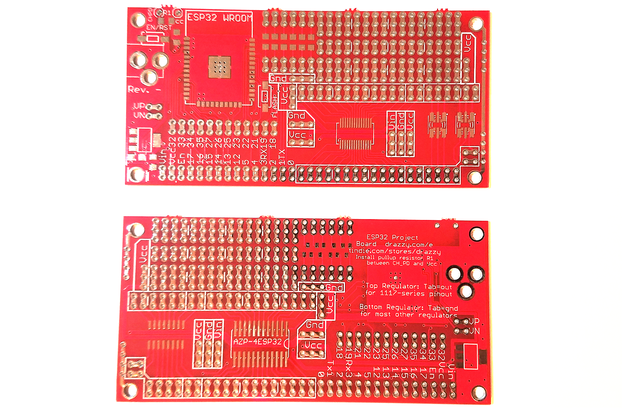
$4.25
Free Shipping!
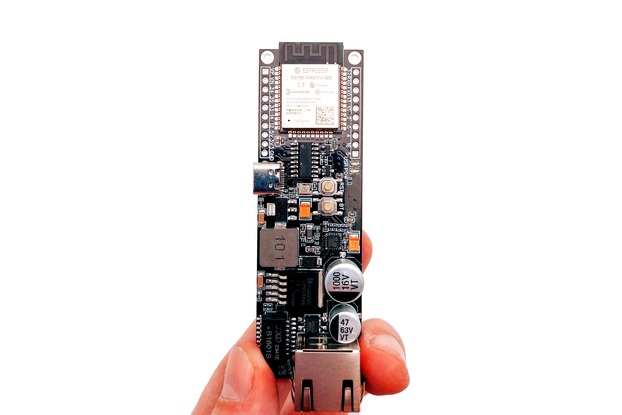
$23.40 $26.00
Free Shipping!
By clicking Register, you confirm that you accept our Terms & Conditions
We recognize our top users by making them a Tindarian. Tindarians have access to secret & unreleased features.
We look for the most active & best members of the Tindie community, and invite them to join. There isn't a selection process or form to fill out. The only way to become a Tindarian is by being a nice & active member of the Tindie community!
